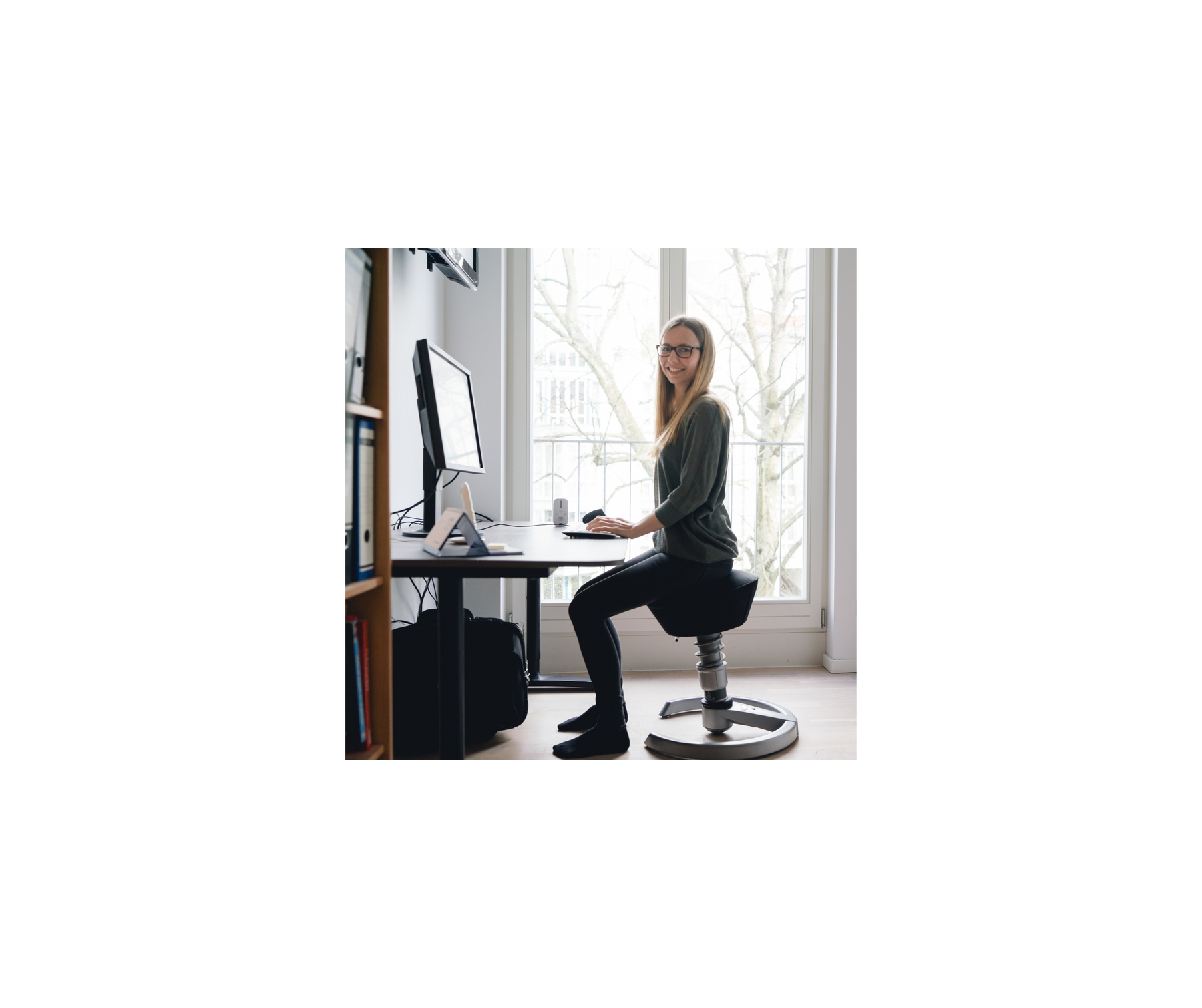
Benefits of Ergonomic Stools in Sit-Stand Desk Workspaces
Picture this: John, a hardworking techie, gets himself a swanky new sit-stand desk. He proudly tosses his old office chair and decides he’ll stand all day like a soldier on guard. By lunch, however, John’s enthusiasm wanes. His legs protest with fatigue, and his heels have practically written a formal complaint. Enter the ergonomic stool—a hero in a world of fluctuating postures.
We’ve all heard the mantra: “Sitting is the new smoking.” But while standing desks have taken workplaces by storm, standing all day isn’t the golden ticket to back health. The key is movement and variation.
So, why is an ergonomic stool the ideal partner for your sit-stand desk? Let’s dive in:
The rise of sit-stand desks isn't just a trend. Research shows that such workstations can notably reduce worker discomfort (Karakolis & Callaghan, 2014). But standing for prolonged periods isn’t the panacea for perfect health. What's missing in our modern work equation? Enter the ergonomic stool, a versatile tool designed for our dynamic work rhythm.
Why Invest in an ergonomic stool?
-
Maintains Optimal Posture:
Ergonomic stools promote a "perch" position—a midpoint between standing and sitting. This perch position can be beneficial in reducing discomfort, especially for those dealing with chronic lower back pain (Ognibene et al., 2016). -
Encourages Active Sitting:
Stools often allow for movement or a slight wobble, making core muscles work subtly, fostering what can be seen as "active sitting". -
Versatility:
It naturally complements the rhythm of sitting and standing, allowing workers to switch postures efficiently and maintain comfort (Toomingas et al., 2012). -
Space Efficient:
Compact and sleek, ergonomic stools don't hog space and can easily be tucked away. -
Reduces Leg and Foot Fatigue:
Continuous standing can be tiring. Shifting between standing and perching can break this cycle, reducing fatigue (Karakolis & Callaghan, 2014).

A Standford University study by Ognibene and colleagues in 2016 highlighted how sit-stand workstations significantly impacted those suffering from chronic lower back pain. The ergonomic stool complements this by allowing individuals to adopt a "perch" position, facilitating relief without a full sit-down.
But it's not just about pain relief. Transitioning between sitting, standing, and perching can have cognitive benefits too. A study published in Human Factors found that alternating postures at a workstation can impact cognitive function, suggesting a potential boost in productivity (Bantoft et al., 2016).
Now, while sit-stand desks can lessen the strain, standing incessantly introduces a new set of challenges. As Toomingas et al. (2012) noted, workers naturally wish to alternate between seated and standing postures. The ergonomic stool not only grants this wish but does so without consuming the space a traditional chair might.
Tips For The Wise Worker:
- Level Up: Make sure your workstation, monitor, and peripherals are at the right height for both standing and perching.
- Footloose: A footrest while perching can make all the difference. It aids in weight distribution and lessens thigh pressure.
- Quality Matters: A stool isn't just a stool. Ensure it's ergonomic, adjustable, and suits your workspace needs.
Concluding Thoughts:
For those riding the sit-stand wave, it’s clear: constant movement is paramount. The ergonomic stool offers a unique position in our workspace ballet, a harmony between sitting's reprieve and standing's vigor. As our understanding of workplace ergonomics grows, tools like these will undoubtedly become staples in the evolving office narrative.
- Variety is Key: Don't just stand or sit. Intermittent posture changes can boost cognitive function and overall comfort (Bantoft et al., 2016).
- Invest in Quality: Not all stools are created equal. Get one that's ergonomic, adjustable, and complements your sit-stand desk.
- Listen to Your Body: Pain or discomfort? Time to switch positions. Let the ergonomic stool help you find your best posture.
